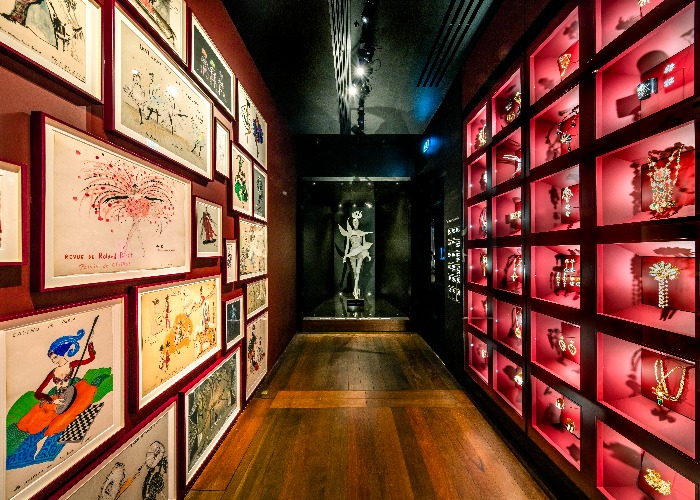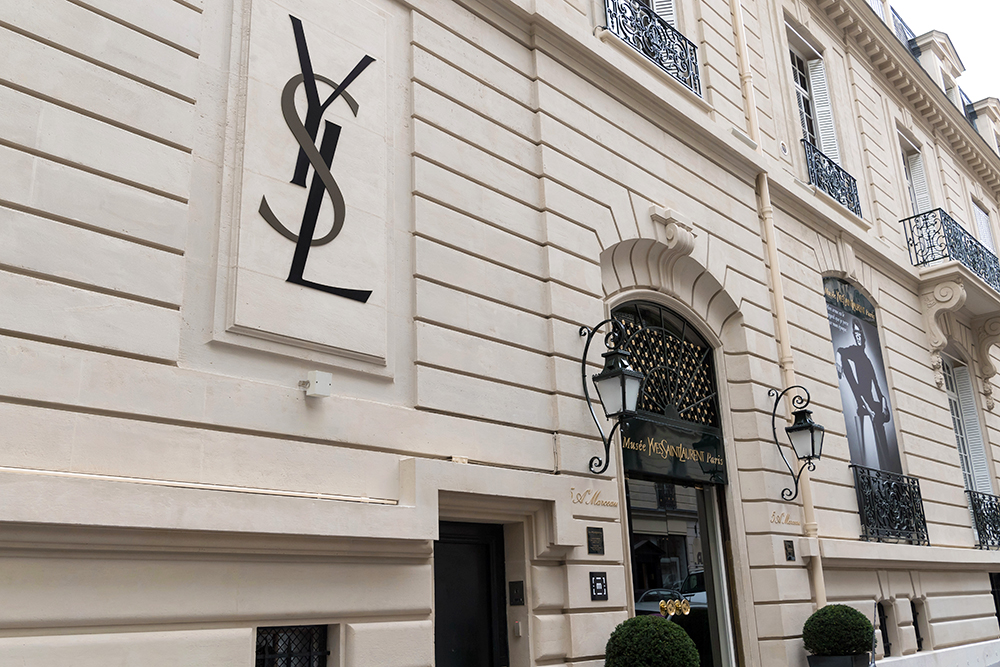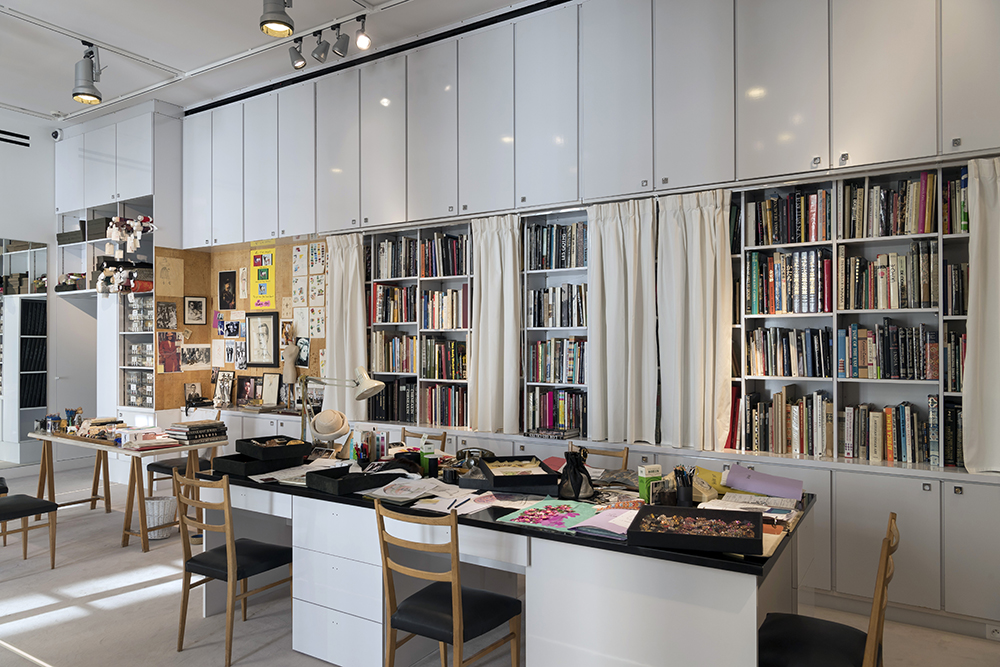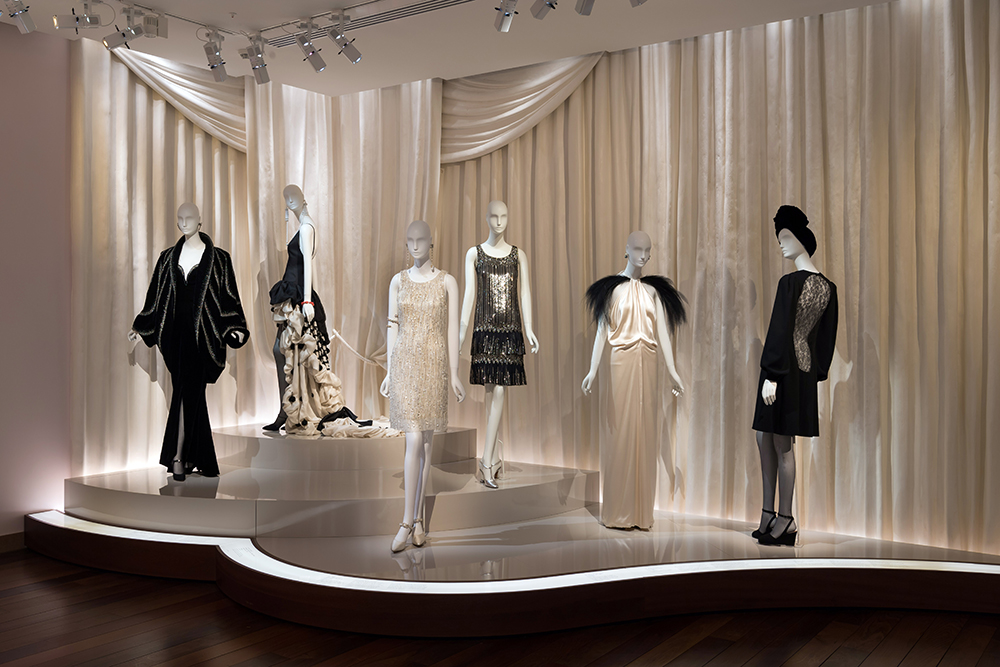First look: inside the new Yves Saint Laurent Museum

A museum dedicated to the work of France’s most controversial couturier has opened in his old atelier in Paris.
Last month the long-awaited Yves Saint Laurent museum opened to great fanfare in the French capital. We sent Eleanor Aldridge to find out more.
Who was Yves Saint Laurent?
Few designers have caused as much controversy as Yves Saint Laurent. Born in Algeria, he moved to Paris aged 18 to study at the Chambre Syndicale de la Couture. Shortly after – thanks to an introduction by the editor-in-chief of Vogue – he struck up a friendship with Christian Dior and quickly became the designer’s protégé.
On Dior's death in 1957, Yves Saint Laurent was chosen to take over the label. He became the youngest ever couturier (the “petit prince de la mode”) aged just 21.
Saint Laurent went on to produce six collections for Dior, but a spell in hospital for mental health treatment was all the ammunition the company needed to fire the young artist, who was already causing trouble with his avant-garde designs.
Undeterred, he went on to launch his own couture house with Pierre Bergé, becoming one of the greatest designers of the century. Today, the building where he worked has finally opened to the public.

What is there to see?
This much-anticipated museum takes a reverential look at the progression of his work, from his first years in Paris through to his ready-to-wear collections.
The focus is understandably the clothes, with mannequins in each room adorned with some of his most notable creations: the pea coat that opened his first show; the dress famously inspired by Mondrian’s bold, abstract artworks; and the tuxedo, safari jacket and trench coat that defined his new aesthetic for women’s clothing.
Video installations play original runway footage, while personal touches such as the crystal-encrusted broach he pinned to his favourite model in each show shed a little light on the man himself. You’ll also see the original sketch of the YSL logo, and Saint Laurent’s early designs for theatre sets and costumes.
On the upper floor, his studio has been recreated just as he left it, complete with Christmas card designs on the walls and tables artfully staged with sketches, art books and swatches. Glimpses into his love of Marrakesh abound, yet despite his many collections drawing on African and Asian art and culture, you may be surprised to learn that the designer was an infamously reluctant traveller.
The only thing missing is any mention of Saint Laurent’s reportedly scandalous personal life. Sexuality, personality and addiction are notably absent from this portrayal of a young genius dedicated to his work.

Why should I go?
So far fans are in raptures over this much-hyped celebration of one of fashion’s most fêted figures. From the marble-pillared hallway to the suited staff and opera soundtrack, the small museum feels more a place of pilgrimage than a stop on the Parisian tourist trail.
The downsides? The displays are reasonably low on information and those without passable knowledge of Saint Laurent may not grasp the significance of certain pieces. Queues can be long (upwards of an hour), so consider booking a tour with Cultival, who have behind-the-scenes access to run tours before the museum opens each day.
As for whether Saint Laurent’s work is truly art or fashion, defer to the designer himself. Saint Laurent famously said, “fashion is not exactly art, but it takes an artist to do it”.
 All images by Luc Castel
All images by Luc Castel
Comments
Be the first to comment
Do you want to comment on this article? You need to be signed in for this feature